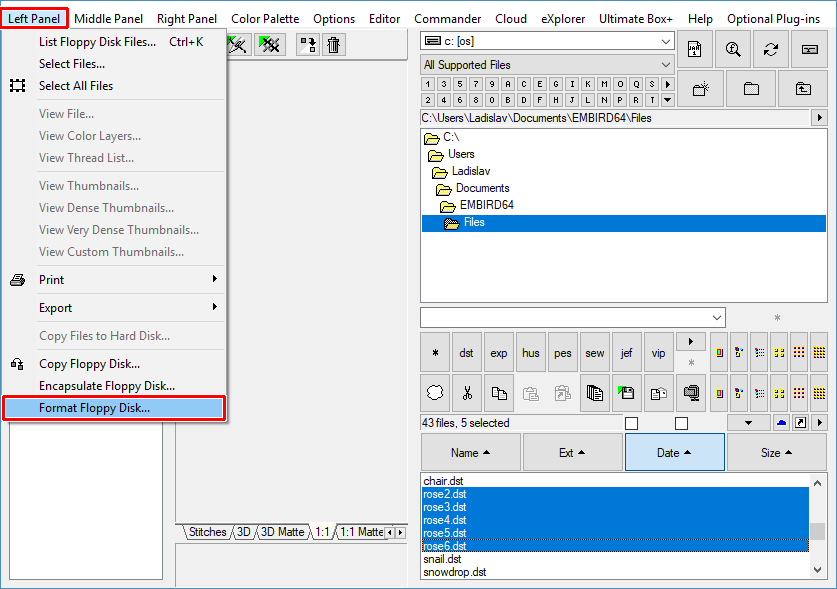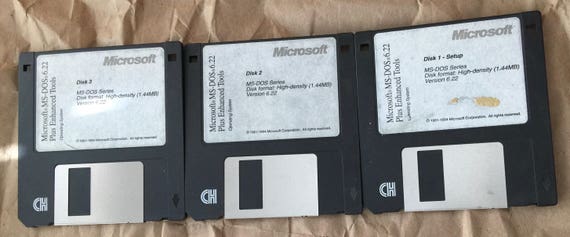

Thus without changing the data format, you can format disks up to 410K (5.25” DD), 820K (3.5” DD), 1.48M (5.25” HD), and 1.72M (3.5” HD).īy pushing the tracks a little on 5.25” disks, to 42, and 10 sectors, you get your 420K format: FDFORMAT N10 T42įDFORMAT also supports variations in the FAT generated:ĭepending on the purpose of the disk, this can be useful to increase the amount of storage available. 10 sectors per track on DD disks, 18 on 5.25” HD, 21 on 3.5” HD.41 or 82 tracks (more in some drives, but then disks become harder to read in other drives).This allows all the physical parameters to be tweaked, up to the maximum values supported by drives: The most famous of these, and the most flexible, is Christoph H. With 512-byte sectors, this produces the standard capacities: 360K, 720K, 1.2M, 1.44M.Ī number of tools allow disks to be formatted with increased capacity. 40 tracks (5.25” double density) or 80 tracks per side.9 (double density), 15 (5.25” high density), or 18 sectors per track (3.5” high density).reduce the amount of space taken by metadata.increase the number of tracks, sectors, and/or reduce the gaps.On top of that comes the file system, FAT for DOS-compatible systems, which defines how data is stored in sectors, and how much space is used for metadata.īased on this, using the PC’s disk controller, there are two main ways to increase a floppy’s data storage capacity: įloppy disks store data on each side, in tracks, each track split into sectors, with gaps between each sector.

The only one we used was FHformat for low level 1.44MByte flopies format to make them reusable. But I do not remember using different formatting utility for this on PC. However newer versions I have access to right now consider those values as illegal (not sure if old format did that too or its just that I do not have a floppy drive installed) so in case it does you need some kind of format utility that accepts such parameters. On PC (MS-DOS) there is the FORMAT A: /T:42 /N:10 No tool was needed on ZX to use this you just manually select the formatting parameters (number of sectors and tracks) while formatting the floppy disc. We used this on ZX Spectrum and D40 all the time. So there are no file system changes happening, all is just physical formatting.

Original format has 40 tracks but floppy is big enough and most (I mean all) drives can handle 42 tracks and some even 43 tracks. Original format has 9 sectors per track but there is space for 10 (the physical gaps are smaller but the formatted gaps are still the same). 420K was common for 360K floppies (not only on PC) it was done like this:


 0 kommentar(er)
0 kommentar(er)
